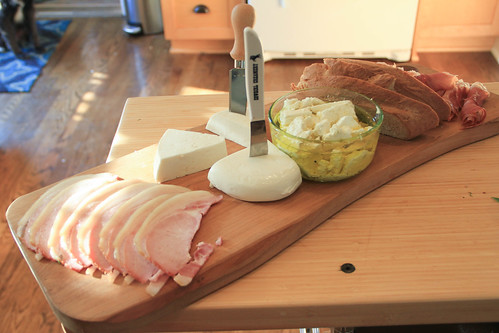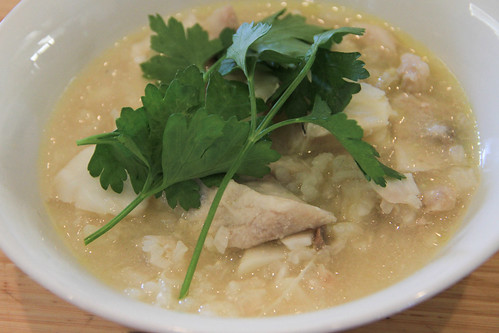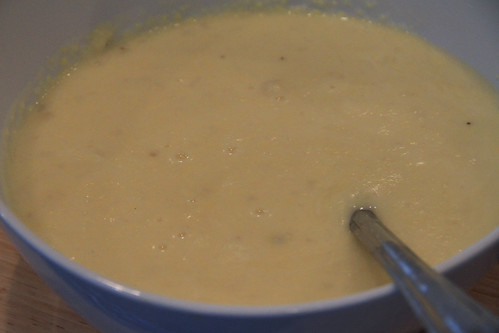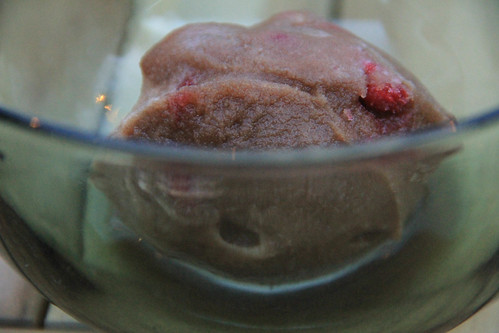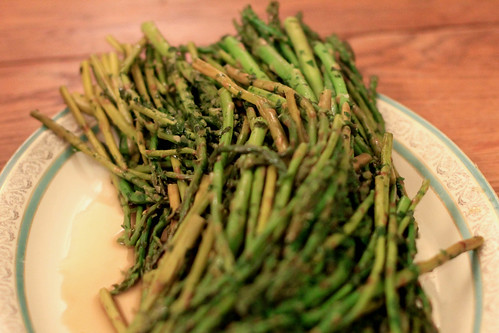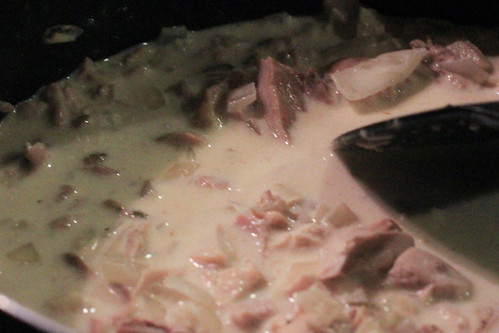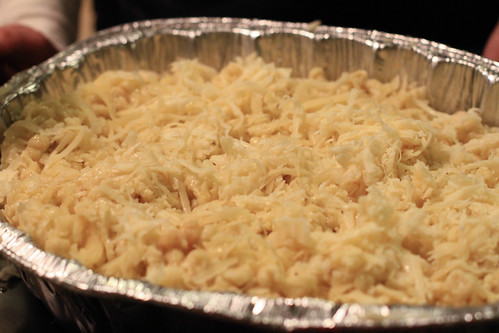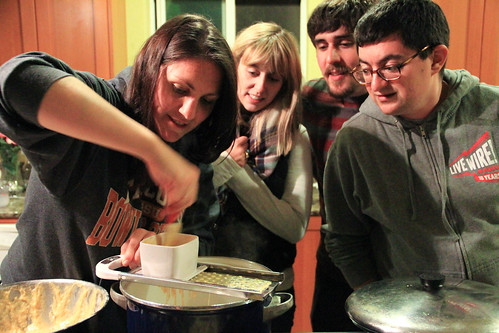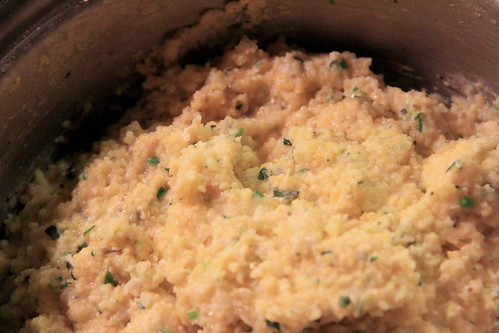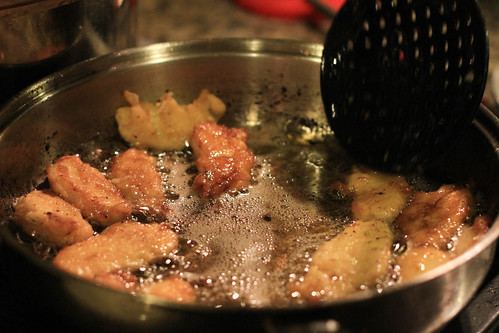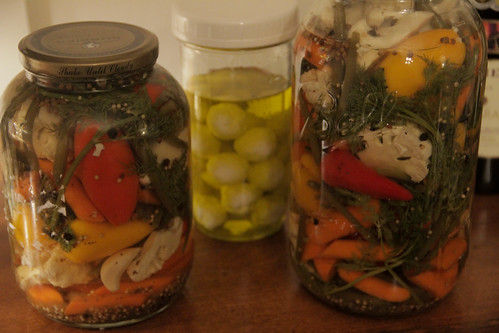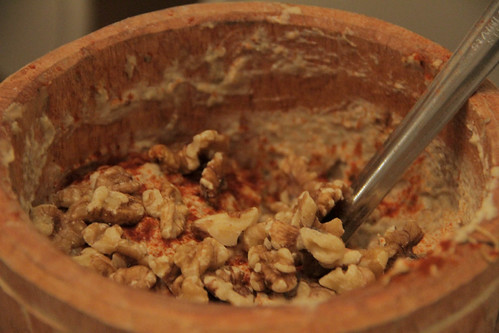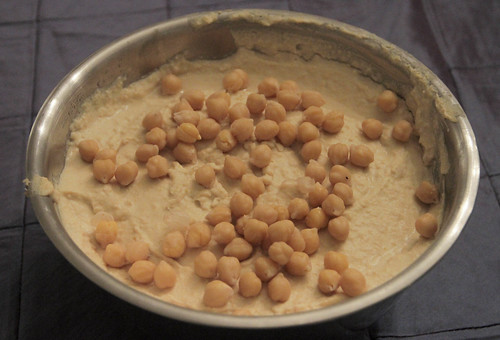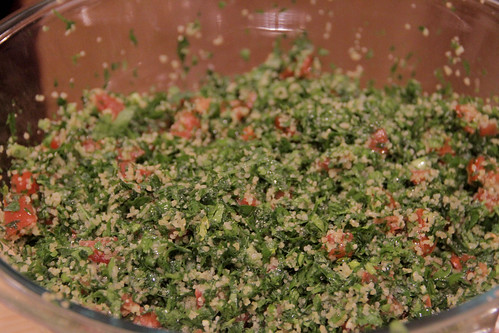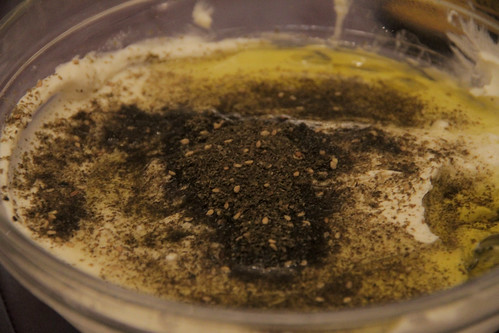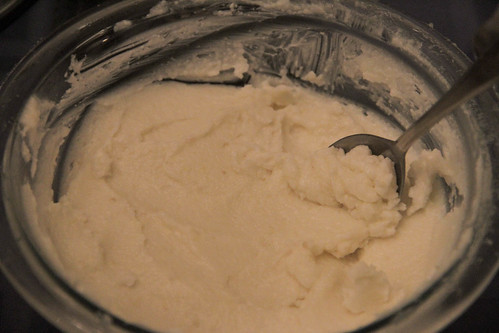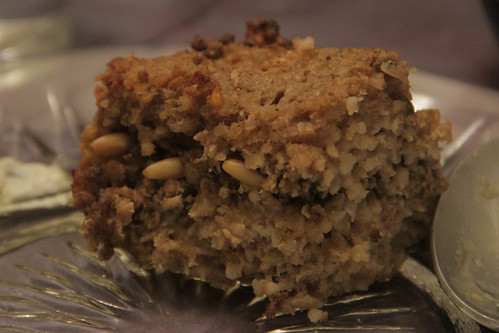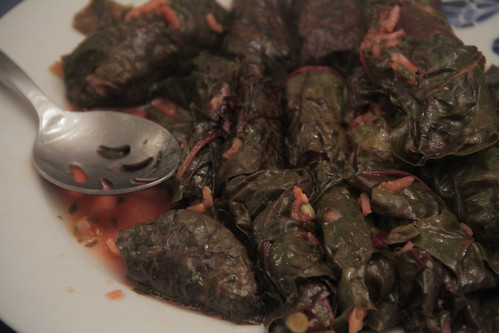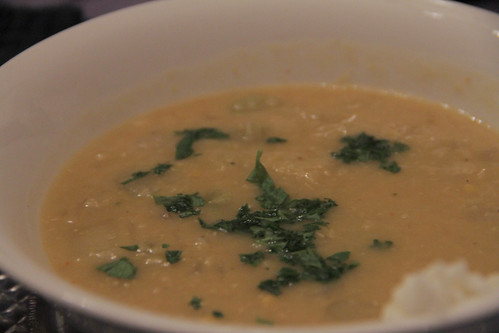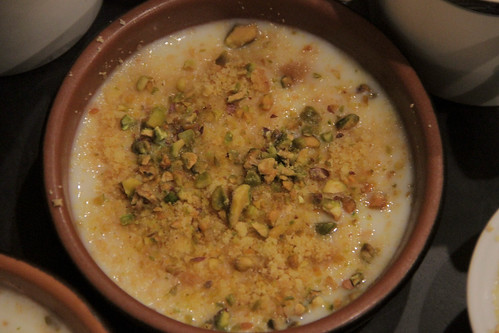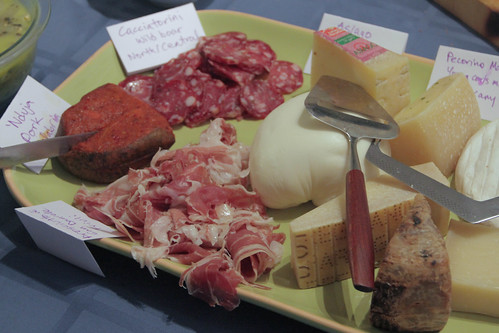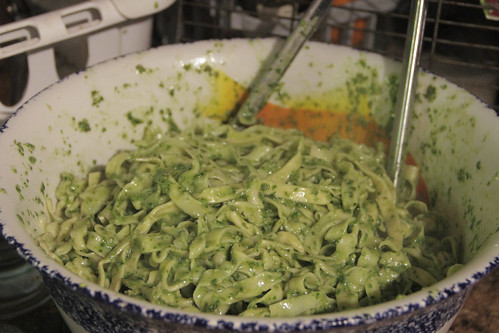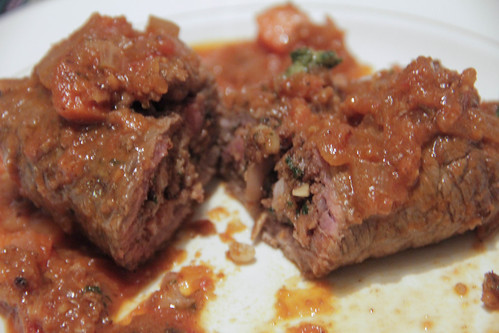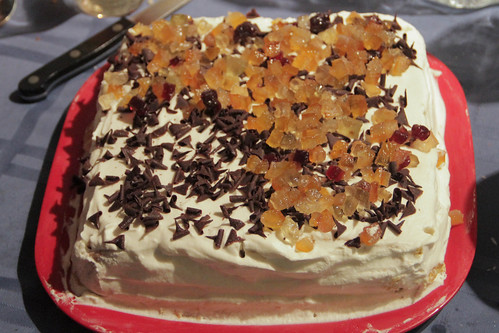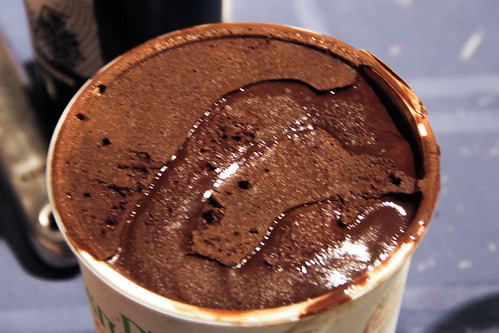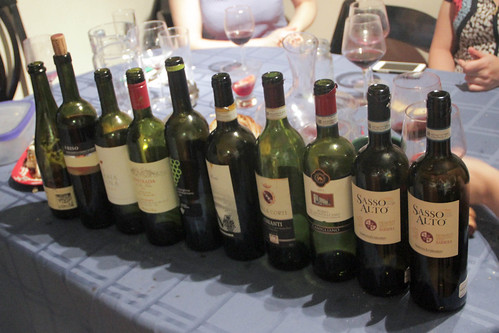A little over two years ago, when our now-good-friend Deena did an NPR piece about United Noshes, someone in New Zealand noticed and I did a phone interview on Radio NZ. I promised that when we got to their country, I'd get back in touch. And I did! We did a fun bit where they had listeners send in advice through social media of what to cook, which we chatted through live on the radio. So what do Kiwis eat? Well, lamb, of course, since that's what they raise a ton of for wool and meat alike. Otherwise it's in large part based on traditional English foods like sweet and savory pastries, with a growing influence of fresher Mediterranean flavors, blended with some indigenous influences like sweet potato.
Joining us on a cold winter's night for a taste of the other hemisphere were Estel, Sarah, Laura, Patrick, Kal, Julie, Levi, Martha, Karen, and Red. (Oh, and Reba!)

Kiwi dip
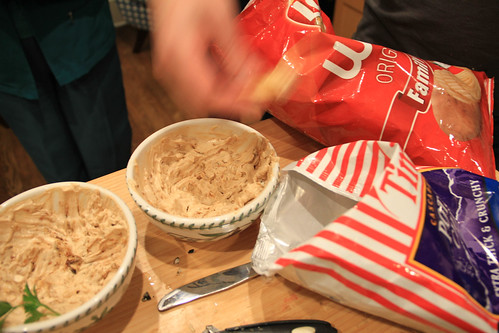
While we Americans love our convenience, one thing we really haven't gotten into is canned milk products, so we suffer the inconvenience of a perishable product as the base for our otherwise dead-simple French onion dip (recipe: mix one packet of onion mix into sour cream; serve). Well, Kiwis have no such aversion, and their reward is no temporal constraint on their ability to whip up the equivalent dip, using a can of what they call reduced cream and what we can find in the States in Hispanic markets or supermarket aisles as media crema. They even gussy it up a bit with a dash of malt vinegar, but since any self-respecting NZer would have that on hand anyway, the extra effort is still less.
It's really tasty. Eat with thick or wavy potato chips, or veggies if you want to pretend you're being at least a little healthy.

Along with the dip, we had ray oysters on the halfshell. They were in homage to, but certainly no replica of, Bluff oysters, a particular species that's found at the southern tip of the South Island. Equally fatty, but much classier.
Mince and cheese pie | Recipe
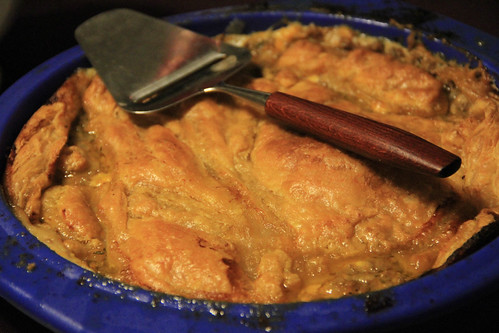
One Radio NZ listener wrote in that the national dish is really a "$2 mince and cheese pie from the dairy," which in American English means "$1.40 ground beef and cheese hot pocket from the convenience store." So I made one! The all-butter puff pastry crust probably made this a bit fancier than the grab-n-go version, and of course as a whole pie the crust-to-filling ratio was surely off, but otherwise I think this turned out to be a fairly accurate and tasty replica. Speaking of, "tasty cheese" is apparently what Aussies and Kiwis call what we'd think of as sharp cheddar cheese, to the extent that you can refer to "tasty and crackers" and people will apparently know what you mean.
Watties sauce | Recipes
It seems that Watties is to NZ what Heinz is to the US, the universal tomato condiment. Watties is apparently a little runnier, a little sweeter, and a little more spiced — it's known as tomato sauce, not ketchup. Not finding any here, I made my own, with frozen pureed tomatoes from last year's harvest. The recipe I followed had a shocking amount of allspice, so I cut back quite a bit and even then it was pretty strong. It was pretty good, but unless you have a strong reason to recreate the flavor of the original (like, if you have an around-the-world cooking project or are really trying to impress a Kiwi), you may as well just make do with ketchup.
Lamb with mint sauce | Recipe for mint sauce
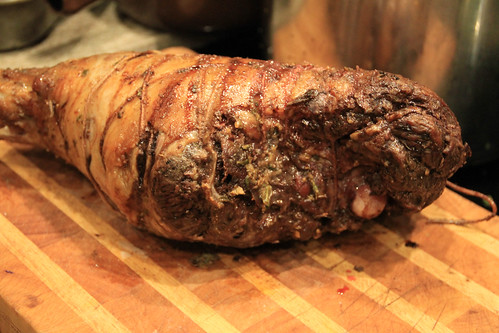
There's about seven sheep for every New Zealander — and that's down from twenty a few decades ago! — and accordingly, those Radio NZ listeners made very clear that lamb was required on our table. It seems that the classic version, fit for a feast, is a roast leg, whether in a classic austere British style, or enlivened by garlic and herbs; the latter's what I chose to do. I got a whole leg (bone in, including the shank), studded it with garlic and rosemary, and let it cook for hours. I also whipped up some mint sauce with a splash of malt vinegar, two ingredients that contrast nicely.
The lamb was good, but not great, kind of a disappointment given the quality and expense of the meat. I mean, we all enjoyed it, but I was hoping it'd be something more.
Minty peas | Recipe
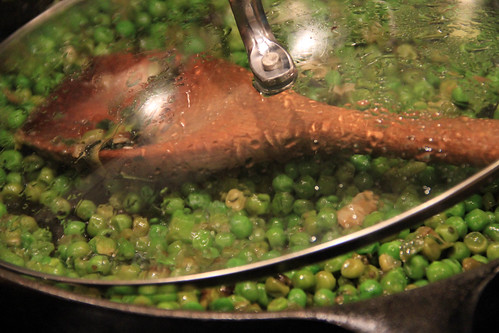
Mint again! Green peas, green onions, and mint made for a vibrant hint of sunnier days. Easy to throw together, tasty, and decently healthy.
Kaanga waru | Steamed sweet potato and corn pudding |Recipe
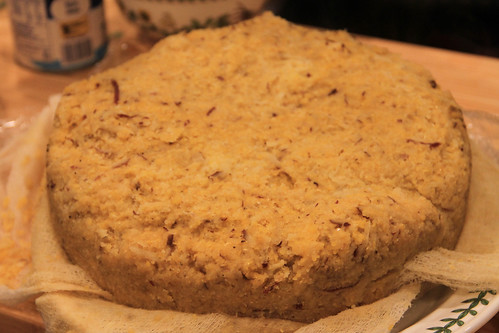
To properly represent the cuisine of the Māori, the indigenous Polynesians who predated the British, I ought to have done a hangi. But that would have required digging a pit in the yard, superheating rocks in an adjacent fire, quickly moving said rocks into the pit, lowering in sackcloth-enrobed bunch of meat plus veggies, and covering the whole thing with soil for several hours. Even if I had all the space and time, it seems that watching a few YouTube videos isn't enough, that without having learned from others you risk making a muddy, undercooked mess of it all. Time for plan B.
Several listeners suggested that our meal include kumara, which as the sound of the name suggests is also a Māori food; Americans know it as sweet potato. While kumara is quite common around NZ, this dish is Māori through and through, though the cooking technique and most of the ingredients come from the British! It's a dense loaf of shredded kumara, cornmeal, flour, sugar, milk and butter, steamed in a cheesecloth. It's dense, and it's really pretty tasty.
Pavlova | Baked meringue with fruit | Recipe
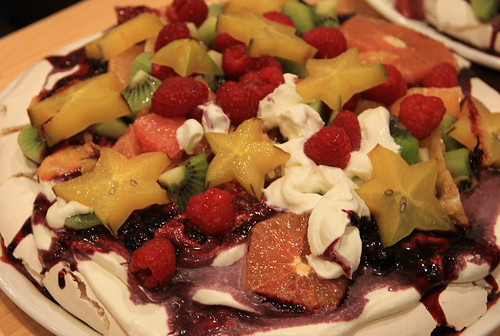
Aussies and Kiwis may argue about who owns the "pav," but history is on New Zealand's side; while it grew very popular in Australia, it first took form in Wellington during the tour of the ballerina Anna Pavlova, who was described as dancing as if she were lighter than air.
A pav is a marvel of kitchen chemistry, starting with the goop of some egg whites and ending with a magical, etherial mass that's crisp on the outside and chewy like a marshmallow on the inside, all thanks to a ton of beating and strategic addition of sugar, cornstarch, and an acid. Once the science is over, the art begins: the pavlova is a blank canvas for decoration with fruit to your heart's and eye's desire. Of course, ours had kiwifruit!

